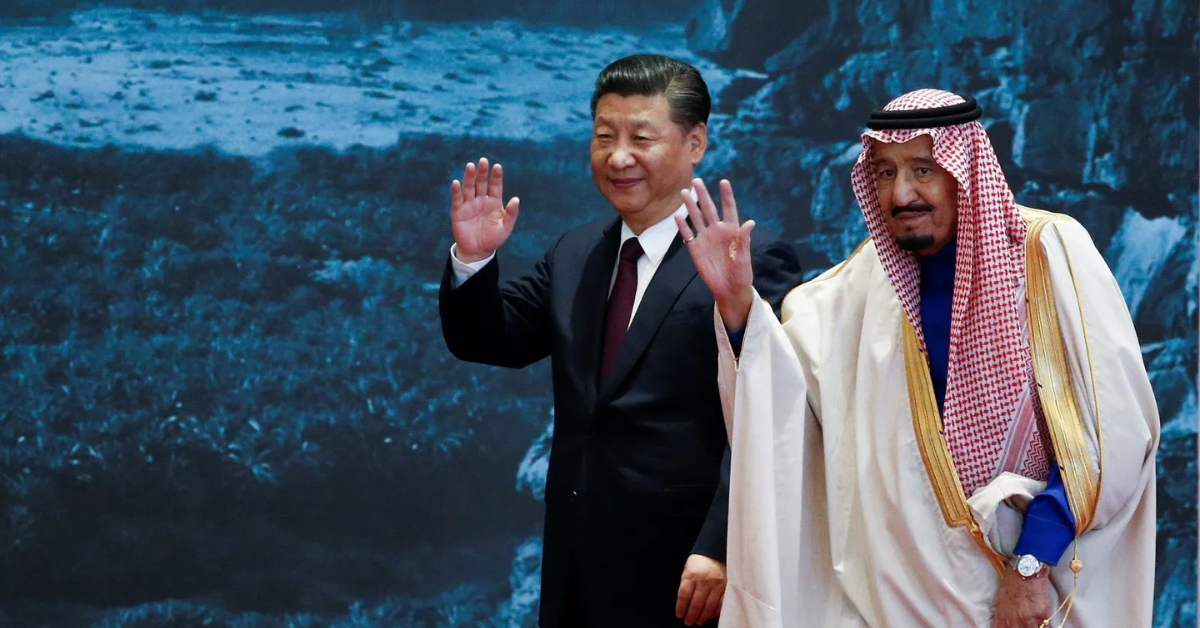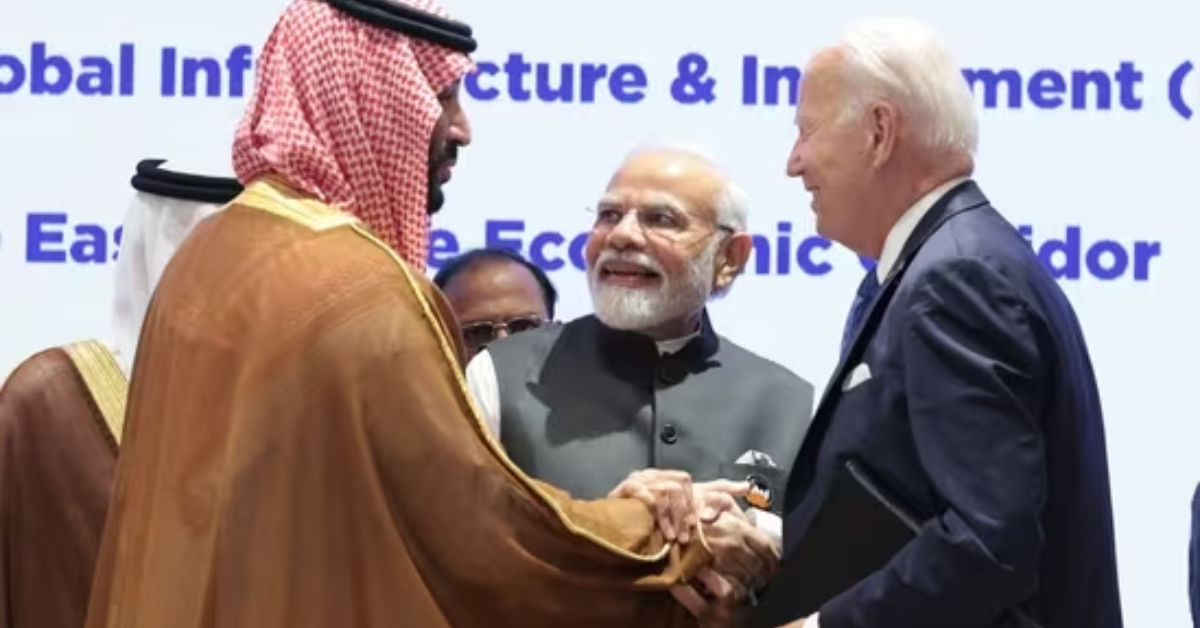Indian Middle-East Corridor: A New Spice Route Competing with China's Silk Road
On the verge of the 10th anniversary of China's Belt and Road Initiative (BRI), a significant countermove has emerged. India, in collaboration with the US, the UAE, Saudi Arabia, France, Germany, Italy, and the European Union, has unveiled the India-Middle East-Europe Economic Corridor (IMEE-EC). This ambitious initiative seeks to foster economic integration and connect Asia and Europe, marking a strategic challenge to China's BRI.
Italy, a G7 member, is on the brink of withdrawing from the Chinese-sponsored BRI. Notably, the project enjoys strong support from US President Joe Biden, who partnered with Saudi Arabian Crown Prince Mohammed bin Salman at the behest of Prime Minister Narendra Modi.
The UAE's President, a close ally of India, has been a driving force behind the project, envisioning the Arabian Peninsula as an economic bridge between India and Europe. With the support of another ally, Emmanuel Macron, along with Germany, Italy, and the European Commission, this groundbreaking endeavor takes shape.

The West Corridor extends from Haifa, enabling Indian goods to reach various ports such as Marseille in France and others in Italy and Greece. With the exception of a small stretch of railroad to be constructed by Saudi Arabia, the entire corridor is essentially complete and poised for activation in the near future.
This project holds enormous potential, as it could expand to involve countries like Vietnam, Thailand, Myanmar, and Bangladesh if Myanmar accommodates a dedicated port for the initiative. For instance, Bangladesh boasts six railway exit points to India, all of which could be leveraged to transport goods to Europe via the Mundra port.

Countries like Pakistan, Sri Lanka, Kenya, and Zambia find themselves mired in debt, with no clear path to repayment. This has led to economic crises, political unrest, and security challenges in several BRI partner nations.
Driven by the commitment of participating countries such as the US, UAE, Saudi Arabia, and India, the new spice route holds the potential to not only rival but surpass the BRI. It may become the backbone of global trade, shaping new global supply chains. With President Biden's support for initiatives like the ME corridor and the global biofuels alliance, the spice route emerged as the new Silk Road, offering a compelling alternative to the BRI.
OTT India updates you with the latest news, The Country’s no.1 digital news platform OTT India. Keeps you updated with national, and international news from all around the world. For more such updates, download the OTT India app on your Android and IOS device.
.





